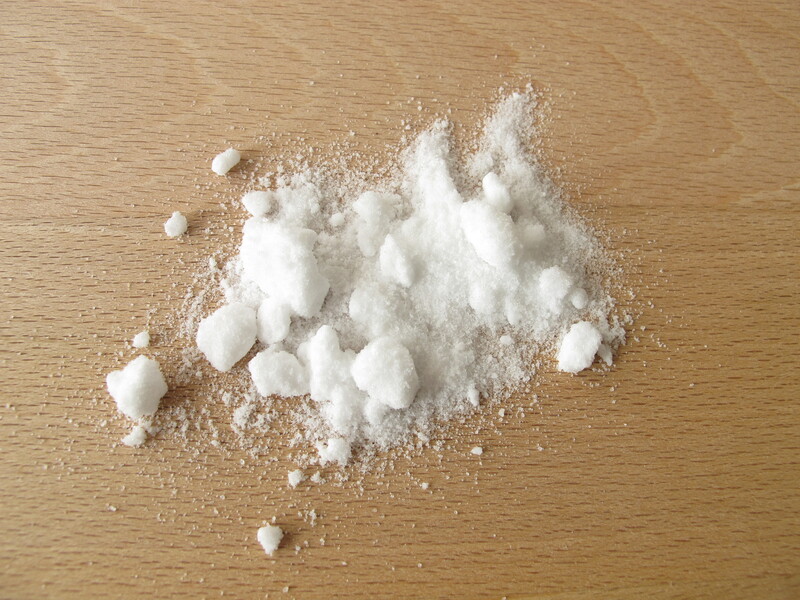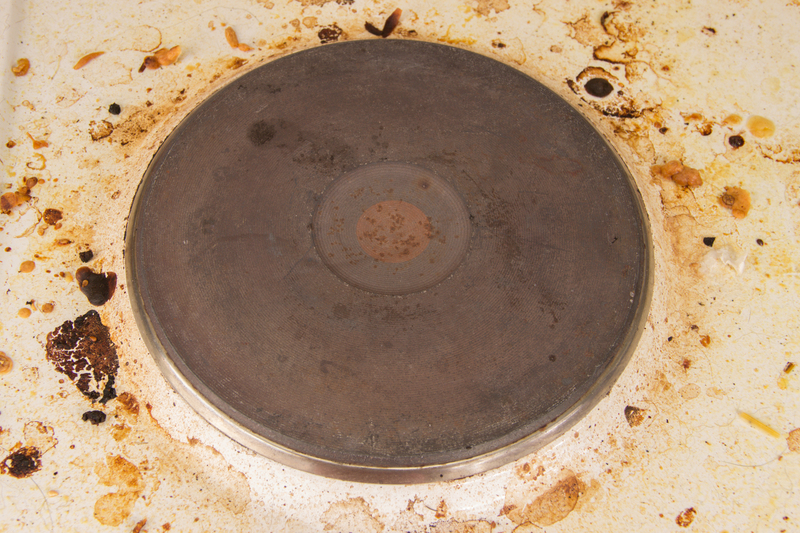Preserve the Elegance: Wash Velvet Curtains Safely
Velvet curtains exude unmatched elegance, luxury, and timeless style. Their soft texture and rich appearance can instantly elevate any interior decor. However, velvet is a delicate fabric, requiring careful maintenance to uphold its beauty. If you're wondering how to wash velvet curtains safely without ruining their luster and plushness, this comprehensive guide will help you preserve their elegance for years to come.
Why Velvet Curtains Demand Special Care
Velvet is not just any fabric. Its dense, soft pile, which gives it a distinct sheen, is susceptible to damage from improper cleaning methods. Unlike cotton or linen curtains, washing velvet curtains requires gentle handling and knowledge about its composition. Most velvet drapes are made from either natural fibers like silk and cotton or synthetic blends. The type of velvet will determine the safest cleaning methods to use.
- Natural velvet (silk, cotton): More luxurious but fragile and sensitive to heat, moisture, and friction.
- Synthetic velvet (polyester, viscose): Slightly more robust, but still delicate regarding cleaning agents and temperature.
Ignoring these distinctions can lead to crushed piles, loss of luster, shrinking, or even tears. That's why it's vital to clean velvet curtains safely and systematically.

Before You Wash Velvet Curtains: Essential Preparation
1. Read the Fabric Care Label
Every set of velvet curtains comes with a manufacturer's care tag. This tag often holds vital instructions on how to wash velvet drapes. It will let you know if your specific curtains are machine-washable, require hand washing, or should only be dry-cleaned. Remember:
- Silk and high-end velvet typically require professional dry cleaning.
- Polyester or synthetic velvet may permit gentle hand or machine washing.
Always trust these guidelines, as they're tailored for the fabric's specific weave and pile.
2. Dust and Vacuum Regularly
Before any wet cleaning, remove as much dust and dirt as possible. Use a vacuum cleaner with a soft brush attachment. This prevents embedded dust from creating muddy streaks during washing, and helps maintain the fabric's sheen.
3. Spot Test Cleaning Agents
Choose a mild detergent suitable for delicate fabrics. Before proceeding, test it on an inconspicuous part of your curtain. Wait for several hours after dabbing the test spot to ensure there's no color fading, staining, or pile damage.
How to Wash Velvet Curtains Safely: Step-by-Step Methods
Depending on the type and instructions, you will typically choose between hand washing, machine washing, or dry cleaning velvet curtains. Let's explore each method in detail:
Hand Washing Velvet Curtains
Hand washing is generally the safest approach for cleaning velvet curtains at home. Here's how to do it effectively:
- Fill a bath or large basin with cold or lukewarm water. Hot water can shrink velvet and damage its fibers.
- Add a small amount of mild laundry detergent formulated for delicates. Do not use bleach or harsh chemicals.
- Submerge the curtains gently. Avoid twisting, wringing, or scrubbing--the friction can flatten or damage the pile.
- Lightly agitate the fabric with your hands, paying special attention to any soiled spots (blot, don't rub).
- Drain the water and refill the basin with clean water to rinse. Repeat until all soap is removed.
- Press out excess water by gently folding and pressing the curtain against the side of the basin. Never wring velvet curtains.
With hand care for velvet drapes, patience is key. Handle them delicately from start to finish.
Machine Washing Velvet Curtains
Machine washing velvet curtains is riskier, so only consider this method if the care label specifically allows it and your curtains are made of durable synthetic velvet. To do this safely:
- Turn curtains inside out to protect the pile.
- Place them in a mesh laundry bag for added protection.
- Use your machine's delicate or hand wash cycle with cold water.
- Select a mild, gentle detergent with no bleaching agents.
- Once washed, remove the curtains promptly--prolonged exposure to moisture can damage velvet.
Never wash velvet with other heavy laundry items (like towels or jeans) to avoid friction and crushing.
Professional Dry Cleaning Velvet Curtains
For silk, cotton velvet, or if you're in doubt, opt for professional dry cleaning. Professional cleaners use specialized solvents and equipment to safely clean velvet curtains without risking pile damage, shrinkage, or hard water stains. Many dry cleaners also offer pick-up and drop-off services for large or custom window drapes, making it a convenient solution.
- Inform your cleaner of any stubborn stains.
- Request steam cleaning for an added refresh (if available and suitable for your curtain fabric).
Safe Drying Techniques for Velvet Curtains
Regardless of the washing method, proper drying is essential to preserve the elegance of your curtains. Here's how to dry velvet curtains safely:
1. Air Dry Only
Never tumble dry velvet curtains. The heat and mechanical agitation can shrink, deform, and flatten the fabric. Instead, lay them flat on a clean, absorbent towel or hang them on a sturdy rod.
- Lay flat for smaller curtains: Gently shape them to their original size and press out any wrinkles with your hands.
- Hang for larger/panel curtains: Hang vertically to allow them to dry in a natural shape, minimizing creasing.
2. Avoid Direct Sunlight and Heat
Do not place velvet curtains in direct sunlight or near heaters while drying. Intense heat and ultraviolet rays can cause fading and make the fibers brittle. If possible, dry your curtains in a cool, shaded area with good air circulation.
3. Fluff the Pile
Once dry, use a soft-bristled brush or a fabric steamer to restore the plush texture. Always brush in the direction of the nap (the direction in which the pile lies flat) to avoid tangling or matting.
How to Remove Stains from Velvet Curtains: Spot Cleaning Tips
Accidents happen--a splash of wine, children's fingerprints, or pet mishaps can leave unsightly marks on your curtains. Quick and careful spot treatment can prevent stains from setting:
- Blot the spot immediately with a dry, absorbent cloth. Don't rub, as friction can push the stain deeper and crush the pile.
- Mix a few drops of mild detergent with water. Dampen a clean cloth and blot the stain gently.
- For stubborn stains, consider using a velvet-specific cleaner, but always spot test in a hidden area first!
- Let the area air dry naturally, then brush to reset the pile.
If the stain persists, it's best to call a professional cleaner to preserve your velvet curtain's elegance.
How Often Should You Wash or Clean Velvet Curtains?
Frequent washing is discouraged for velvet, as repeated wet cleaning can wear down its delicate pile. Instead:
- Vacuum or brush your velvet curtains weekly to remove surface dust and dirt.
- Spot clean as needed for small, isolated stains.
- Deep clean or dry clean only once or twice a year, or when visibly dirty.
This approach keeps your elegant velvet drapes looking fresh while extending their lifespan.
Extra Tips to Maintain the Glamour of Velvet Curtains
- Handle velvet curtains by the header (top edge) when opening or closing, to avoid crushing the pile along the sides.
- Avoid hanging velvet curtains in direct sunlight to prevent color fading and brittle fibers.
- Maintain room humidity--extreme dryness or humidity can harm natural fibers.
- Use curtain tiebacks with soft padding to prevent permanent marks or dents in the fabric.
- When storing, never fold velvet curtains tightly. Instead, roll them around a tube to prevent crease marks.
Following these tips ensures your home always showcases the luxurious appeal of velvet curtain panels.
Frequently Asked Questions about Velvet Curtain Care
Q: Can I use a steam cleaner on velvet curtains?
A: Yes, you can use a handheld fabric steamer to remove wrinkles and refresh velvet curtains. Always steam from the back side or at a distance, and brush gently to lift the pile while steaming.
Q: Can I iron velvet curtains?
A: Ironing velvet directly is risky, as heat can permanently crush the pile. If necessary, use a steam iron on the reverse side with a barrier cloth between the iron and the fabric, and always on the lowest heat setting.
Q: What if my velvet curtains shrink after washing?
A: Shrinkage is a common risk with natural velvet. Avoid this by following manufacturer's care instructions closely and avoiding hot water or machine drying. If shrinkage occurs, stretching while damp and professional pressing may recover some length.
Q: Why do my velvet curtains look "crushed" after cleaning?
A: Velvet's pile can become flattened through agitation, improper drying, or pressure. To fix this, gently brush the fabric in the direction of the nap while using a little steam to revive the pile.
Q: Can I wash blackout velvet curtains at home?
A: Many blackout velvet curtains have lining materials that don't tolerate water well. Always check both the face fabric's and lining's care labels. When uncertain, professional dry cleaning is safest.

Conclusion: Velvet Curtain Care is an Investment in Style
Velvet curtains are a significant investment in your home's elegance and comfort. Understanding how to wash velvet curtains safely is key to preserving their allure and ensuring they remain a stunning focal point for years. Follow the preparation, cleaning, and drying tips above, and handle stains with care to keep your luxurious drapes looking as opulent as the day you hung them.
With regular maintenance and gentle cleaning methods, your velvet curtains will retain their dazzling color, silky touch, and regal presence. Take the extra steps to care for them, and you'll enjoy the lush ambiance that only velvet can provide in your living space.
Related Resources for Velvet Curtain Maintenance
- Good Housekeeping: How to Clean Velvet
- House Beautiful: Velvet Curtain Styling & Care
- The Spruce: Cleaning and Caring for Velvet
Preserve the elegance--wash velvet curtains safely, and delight in their beauty every day!


